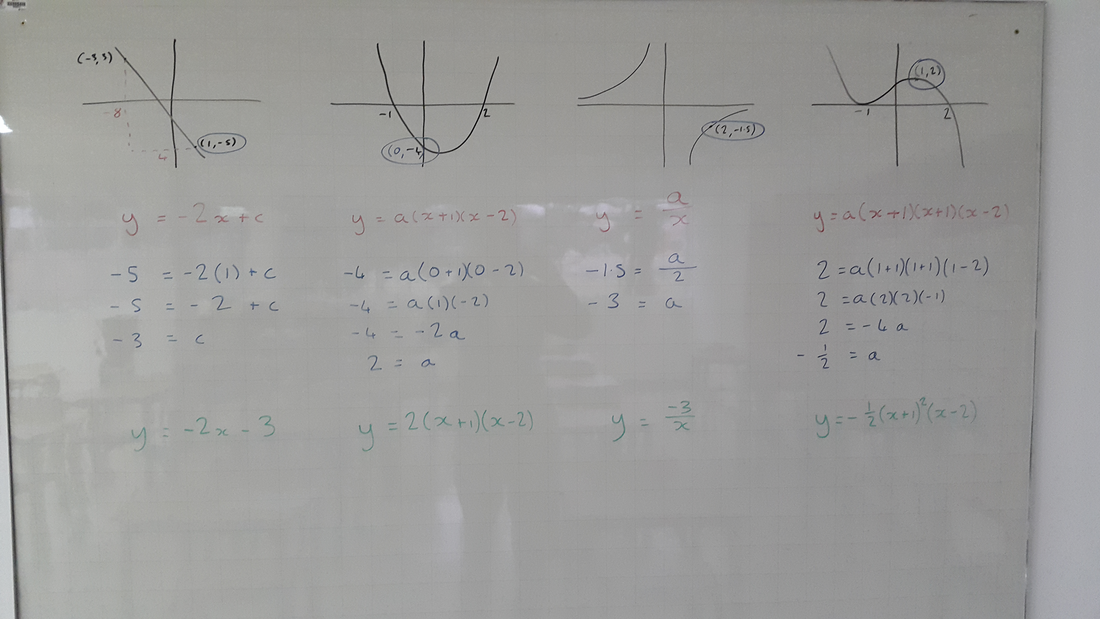Continuing to share the ideas of Cognitive Load Theory has been an important part of our collaborative project. We have now started to share it more widely, doing 10 minute sessions in tutor time with our S3 students (14-15 year olds). This is a very brief introduction to the idea of our working memory being limited, and the need to prevent overload if we want to learn. I talk a little about being able to complete a task but not learn anything from it, the fact that practice helps to reduce the intrinsic load, and also the different extraneous loads they might experience. At the end of the session we decided to set them the challenge of reducing the extraneous load of talking with friends in class. The tutor is doing a follow up session a few days after our session, where they look at some common examples of myths around cognitive load, with a focus on "distractions".
I read this article and wrote a blog post on it for my school's T&L blog.
I completed the Science of Learning course last week, and my reflections for the final week can be found here. In a couple of weeks I plan to reflect on the whole course in a little more depth and what implications it has for my future teaching.
Carl Honoré came to speak to us this week about the SLOW movement, and, in particular, slow education. The idea of the slow movement is one that has interested me for a while, and much like Carl himself, the birth of my son last year has been a catalyst in changing my priorities (more time at home, less screen time, etc). To find out a little more about this side of things, I strongly recommend watching Carl's TED Talk. I want to reflect on a few of the points he made specifically about education here.
I am teaching Logic for the first time to my IB Mathematical Studies class at the moment (and I never studied it at University either). This is the second time in this course that I have had to teach myself some Maths that I have never studied myself (the first was Chi Squared tests for independence), and before that I had never been in that situation. There have been times when I have had to relearn something (when teaching Higher Level IB, Mechanics and Statistics at A-Level for example), but nothing that I have never seen before! It has been an interesting experience, and once I have finished teaching it, I will have to reflect on how to improve for next year.
After the disaster I described last week, I managed to pull it back when looking at finding the constants of different types of graphs. I have been thinking a lot about try to use consistent methods for solving problems lately, to help students create links between related ideas. So I decided to teach finding the equations of lines, quadratics, reciprocals and cubics separately (in light of cognitive load theory), but using the same method (as shown in the summary image below). After doing a little practice on each, I presented the mixed examples, and then an interleaved exercise. I have found that using the colour coded way of linking the same steps is really helpful for students to see the connections (and I got them to do the examples in their books in a similar way).

 RSS Feed
RSS Feed
